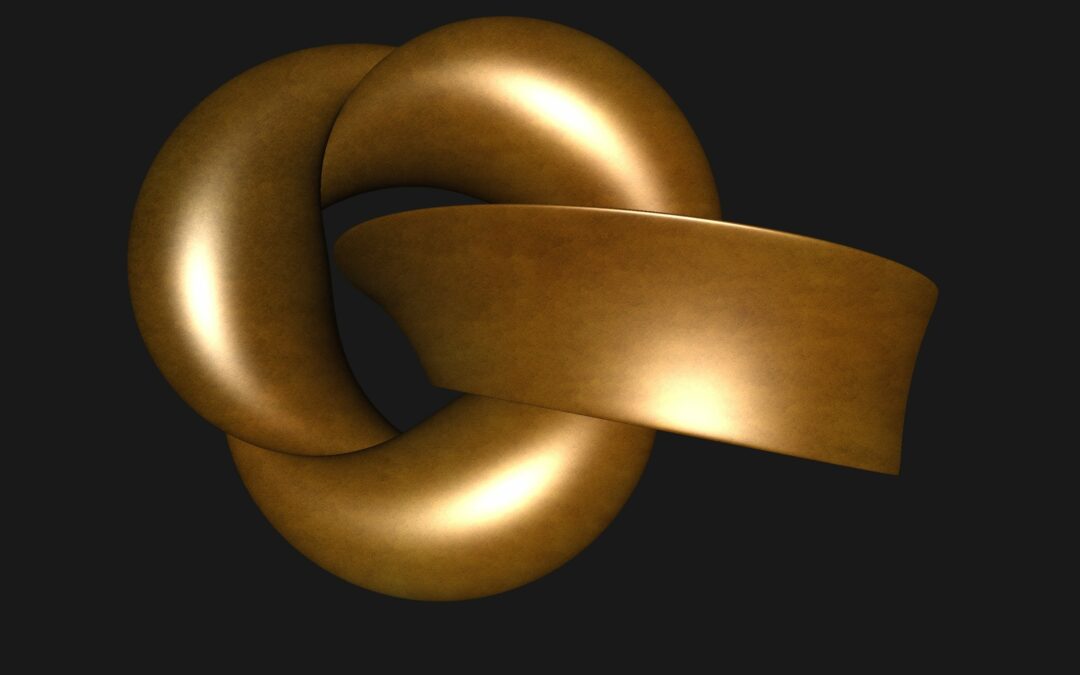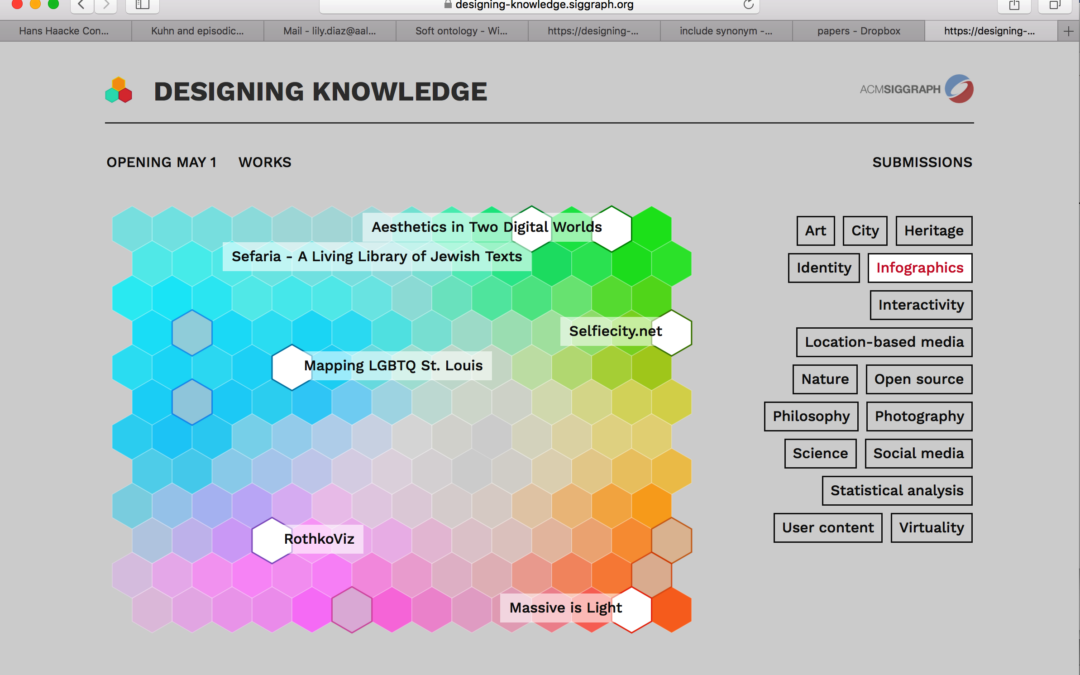SIGGRAPH Asia 2018 receives strong interest from the industry
“We are very pleased to have SIGGRAPH Asia back in Japan for the third time since we started in 2008. The tremendous response we have received from our sponsors and exhibitors has already exceeded our expectations. We are expecting to sell out our space this year and predict this to be the largest exhibition showcase in SIGGRAPH Asia’s history. Besides Tokyo being an excellent location, SIGGRAPH Asia has significantly grown in the last couple of years and it has now become a must-attend addition to the calendars of many in the region. We are truly confident that we will have an excellent and cutting-edge showcase to present to our attendees this year!”, Shared Prakash Ramajillu, SIGGRAPH Asia Conference Advisory Group (SACAG)’s Chief Staff Executive. Read more here.
“Interested to exhibit? Contact us today!”
Submit your work & be a presenter at SIGGRAPH Asia!
Calling all professionals in the field of research, animation, art, hardware, software, visualization, games, visual effects, virtual reality, augmented reality, high performance computing, computer graphics and interactive techniques.
Deadlines
- June 05: SIGGRAPH Asia Technical Papers
- June 24: SIGGRAPH Asia SV Team Leaders Application
- July 1: SIGGRAPH Asia Art Gallery
- July 1: SIGGRAPH Asia Emerging Technologies
- July 1: SIGGRAPH Asia Virtual & Augmented Reality (VR/AR)
- July 12: SIGGRAPH Asia Courses
- July 15: SIGGRAPH Asia Computer Animation Festival
- July 15: SIGGRAPH Asia Call for Imagination (Character Design Contest)
- July 22: SIGGRAPH Asia SV Application


